I am trying to make a step-down 350V to 220V voltage converter. I decided to go with rather simple circuit of full bridge MOSFET inverter since my loads are only resistive or switched.
I had built it and tested today, however, without any success. It runs well with intended loads then, randomly, it blows the fuse. Further investigation shows that two fets (upper & lower) on one side dead shorted. I install another pair, after some time (mostly from minutes to no more than one hour) it burn. Then again, but opposite side. In all cases, both high and low fets burn. When I lucky to run it for a long time without blows, I remove power then check fets temperature and they are OK.
My fets are IRFP460.
I use two IR2110 unified into full bridge, the load is purely resistive (a set of series lamps plus one single bulb) and draws 450mA @ 220VAC. This load is not the intended load, I plan to power more resistive loads with this circuit. IR2110 are driven by TL494 as signal generator which has a onboard trimmer to adjust duty cycle.  .
.
This picture is reference only showing how my bridge is being built
TL494 and IR2110 are powered by small onboard flyback converter which is NOT isolated from network common. Whole circuit gets power directly, no diode bridges. The power is 350VDC line which is another SMPS driven by lead acid battery pack.
For two years I use exactly same circuit, but low voltage version: fets are IRF1404 (40V), and it gets power from separate 12V 1A low voltage flyback. Confirmed operation up to 30V on input. I probably miss something obvious, but can't figure out exactly what. Snubbers?
If needed, I can post my development PCB picture.
UPDATE:
This is my old scope showing signal between TL494 and IR2110 (IR2110's input). Those IR2110 are working and there are no shorts on board after them.
I can vary duty cycle from 0 to 97%.
This is exactly signal waveform I want to see at device output.


